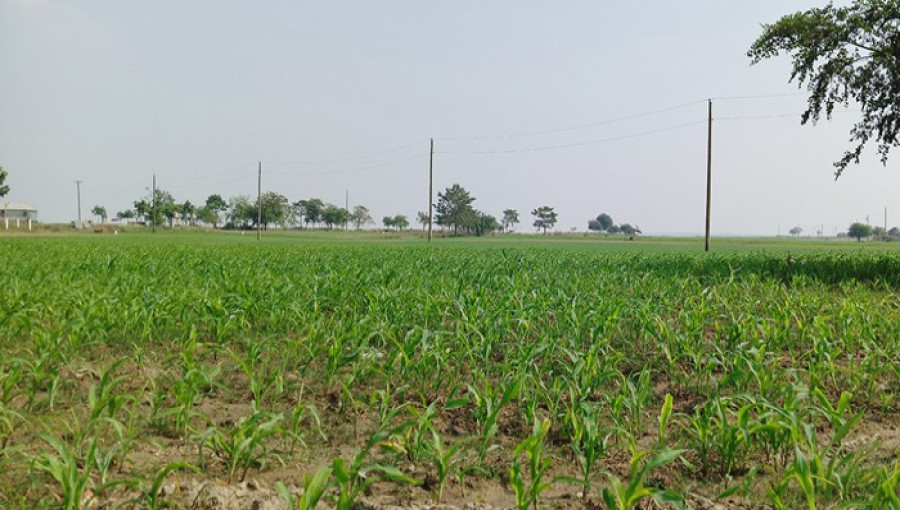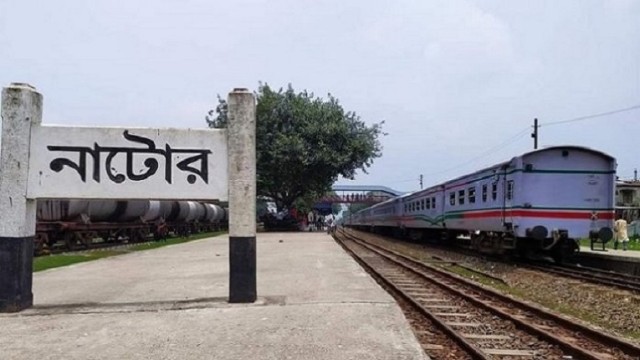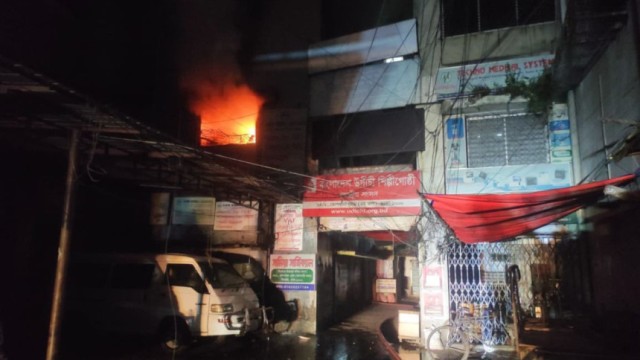Rajshahi, Nov 30 (V7N)— The fertile pastures along the Padma River in Rajshahi district are abuzz with agricultural activity, contributing significantly to the local economy. Spread across 14,853 hectares in 14 char areas, these pastures support the cultivation of 12-13 types of crops annually, making them a vital agricultural hub.
According to the Rajshahi Agricultural Extension Directorate, the key upazilas with Padma riverbanks—Paba, Godagari, Charghat, and Bagha—host extensive crop cultivation throughout the year. Notable char areas include Char Mazardiar, Char Khidirpur, Char Ashariadah, and Char Dyad Manikchar, with Char Mazardiar and Char Khidirpur covering a massive 5,816 hectares.
Diverse Crops and Modern Practices
Farmers in these pastures grow an array of crops such as wheat, lentils, maize, mustard, onions, garlic, ginger, potatoes, groundnuts, and coriander. Last year, crops were cultivated on 10,187 hectares of grazing land, while this year, the trend continues with wheat, lentil, and maize cultivation in full swing.
The pastures benefit from fertile silt deposits left by the Padma River, significantly reducing fertilizer requirements and lowering production costs. Modern farming practices, including the use of power tillers and tractors, are being adopted to increase efficiency.
Farmers, such as Rakib and Saiful Islam, highlighted the success of lentil cultivation, with surplus produce being sold in local markets like Baneswar after meeting local demand. “The fertile soil and reduced fertilizer costs make cultivation in these pastures highly profitable,” said Rakib.
Economic Impact and Challenges
The agriculture in these pastures has not only strengthened the local economy but also transformed the lives of many farmers. Crops grown in these areas are in high demand due to their quality and cost-effectiveness. However, challenges remain, particularly in terms of irrigation. Local residents have emphasized the need for small pump machines to address water shortages and improve productivity further.
Additionally, the lack of transportation infrastructure limits the movement of goods, with boats remaining the sole means of transport. Farmers rely on boats for the distribution of agricultural products, which adds logistical challenges.
Support from Agricultural Authorities
The Rajshahi Agricultural Extension Department is actively supporting farmers through advisory services and innovative projects. Umm Chalma, the department’s deputy director, noted, “Cash crops in pastures have changed the fortunes of many farmers. We are working on various initiatives to assist them and address any issues they face.”
Efforts are underway to enhance farming practices and address logistical and water-related challenges. This integrated approach to farming is expected to boost the region’s agricultural output further, ensuring long-term sustainability and economic growth for the char areas.
The lush pastures of Rajshahi stand as a testament to the potential of sustainable and efficient farming, serving as a model for other regions to emulate.
END/RA/AJ































Comment: